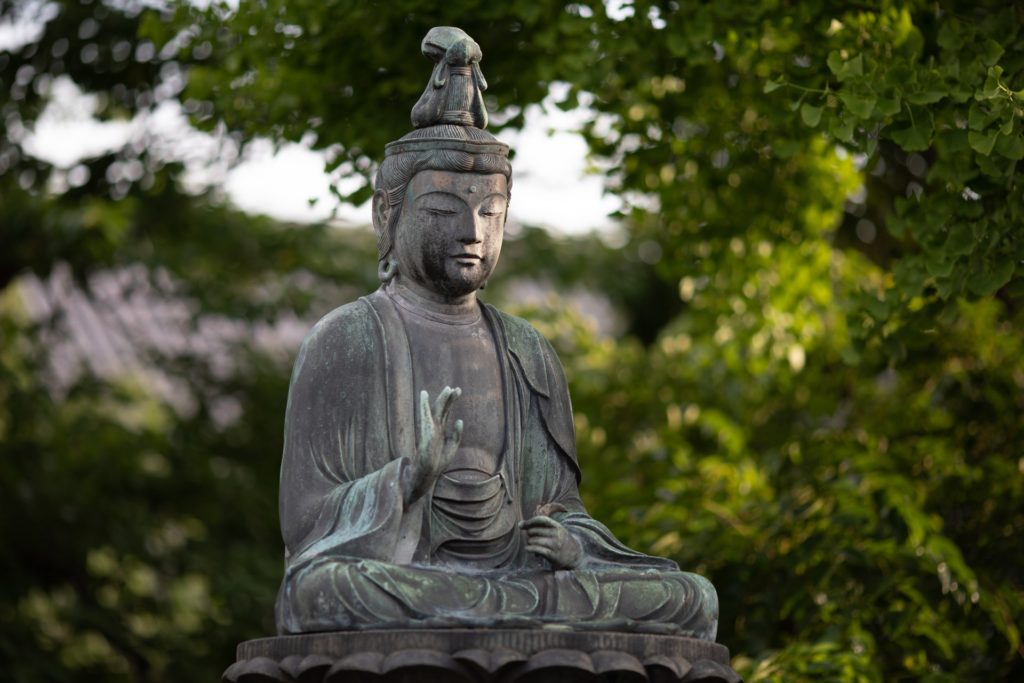
The Pali Tipitaka, which means three baskets, refers to the Vinaya Pitaka, the Sutta Pitaka, and the Abhidhamma Pitaka. These constitute the oldest known canonical works of Buddhism. The Vinaya Pitaka contains disciplinary rules for the Buddhist monasteries. The Sutta Pitaka contains words attributed to the Buddha. The Abhidhamma Pitaka contain expositions and commentaries on the Sutta, and these vary significantly between Buddhist schools.
The Pāli Tipitaka is the only surviving early Tipitaka. According to some sources, some early schools of Buddhism had five or seven pitakas. Much of the material in the Canon is not specifically “Theravadin”, but is instead the collection of teachings that this school preserved from the early, non-sectarian body of teachings. According to Peter Harvey, it contains material at odds with later Theravadin orthodoxy. He states: “The Theravadins, then, may have added texts to the Canon for some time, but they do not appear to have tampered with what they already had from an earlier period.”
